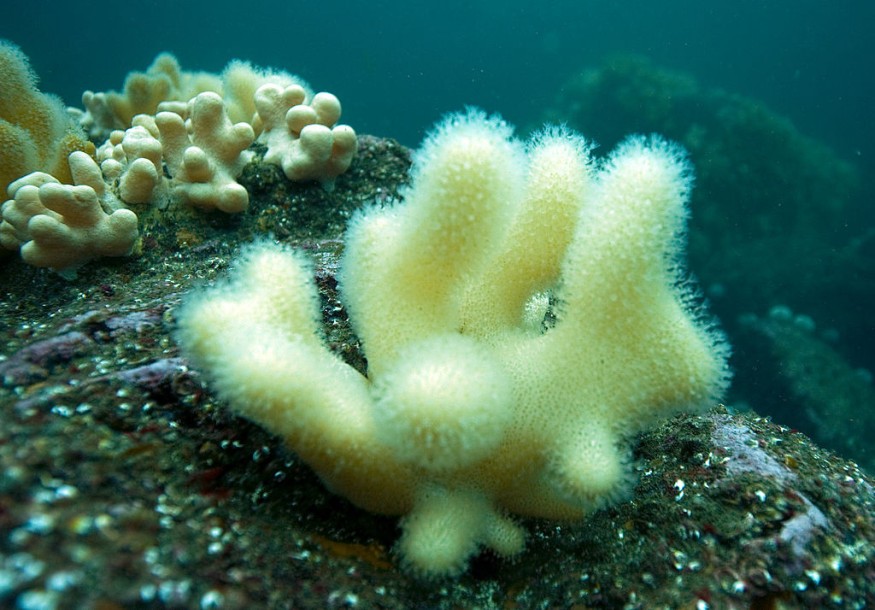Researchers at the University of Utah Health recently reported that easy-to-find soft corals, flexible corals similar to underwater plants, make the elusive compound that shows promise for treating certain diseases.
As specified in a EurekAlert! report that the bottom of the ocean is filled with mysteries, although scientists have recently uncovered one of the so-called "best-kept secrets."
For a decade and a half, drug hunters have been in quest for the source of a natural chemical that had exhibited potential in preliminary research for cancer treatment.
Determining the source enabled the scientists to move one step ahead and find the DNA code of an animal for synthesizing the chemical.
ALSO READ : Why Coral Reefs Turn White? Science Explains

Soft Coral Chemical Recreated
By following those instructions, the study authors could perform the initial steps of recreating the soft coral chemical in the laboratory.
According to the first author of the research, Eric Schmidt, Ph, professor of medical chemistry at U of U Health, this is the first time they have been able to do this with any drug lead on this planet.
Schmidt, a postdoctoral scientist, and Zhenjian Lin, Ph.D., assistant research professor, led the study published in Nature Chemical Biology journal.
This latest development opens the possibility of producing the compound in the large amounts needed for rigorous testing and could one day lead to a new tool to combat cancer.
Another team of researchers led by Bradley Moore, Ph.D., from Scripps Institution of Oceanography at the University of California San Diego, independently exhibited that corals make related molecules.
Promising Compounds for Treatment
In a similar report, Bioengineer.org stated that soft corals contain thousands of drug-like compounds that could work as anti-inflammatory agents and antibiotics, among others.
Scientists Find Sea Corals Are Source of Sought-After “Anti-Cancer” Compound https://t.co/3OPwRP9DnF#science pic.twitter.com/5RyxRLWZPY
— Bioengineer.org (@bioengineerorg) May 23, 2022
However, getting enough of these compounds has significantly hindered developing them into drugs for clinical application. Schmidt explained these other compounds now need to be accessible using this new method.
Corals are not the only animals that hold potential therapeutics. Nature crawls with spiders, snakes, and other animals known to harbor chemicals with healing properties.
Yet compounds from soft corals provide unique advantages for drug development, explained Schmidt.
Unlike the hazardous chemicals injected into prey, corals use their chemicals to ward off predators attempting to eat them.
Easy to Digest Chemicals
Since soft coral chemicals are made to be eaten, they can easily be digested. Similarly, drugs derived from these compound types need to be given as pills with a glass of water instead of being administered via injection or other more invasive methods.
Schmidt explained such compounds are more difficult to find, although they are easier to make in the lab, not to mention easier to take as drugs.
Such probabilities had been just out of reach for many years. Reaching this point took the right know-how and small luck.
According to The University of Utah report, the next step was to discover if the genetic code carried instructions for producing the compound.
Coral DNA
The researchers said advances in DNA technology had recently made it plausible to piece together the code of any species quickly. The challenge was that the researchers did not know what the instruction for making the chemical should appear like.
They solved the problem by searching for regions of coral DNA resembling genetic instructions for similar compound types from other species.
Related information about corals as medicine is shown on TEDx Talks' YouTube video below:
Check out more news and information on Coral Reefs and Cancer in Science Times.









